I've made a 'powerful FM transmitter' and measured the peak current
across the Amplifying transistor's collector-emmitter. It reads approx
300mA.
You are measuring current incorrectly. Putting a meter across C and E will just take a large amount of current that is unrelated to the current flowing through C and E in normal operation.
Additionally I suspect that you are measuring DC current and not the carrier wave current - most meters will not happily measure RMS current in the VHF/FM band.
how do you calculate the Wattage of FM Transmission of a typical FM
Transmitter?
Measuring the voltage at the antenna is the only direct way. If you antenna is a quarter wave monopole it will have a radiation resistance of about 37 ohms and so if you have 2 V RMS (VHF/FM) then the output power will be 4/37 = 108 mW.
If you are using a badly tuned antenna the power might be just a fraction of the "perfect" scenario. For instance, if your antenna is short of the desired length then its radiation resistance will rapidly fall to a few ohms and more your antenna signal level will fall due to this lower impedance. So if the antenna only presented 4 ohms radiation resistance (because it is too short in length) then it is likely that the 2 V RMS will fall to about one-tenth and then power out is \$0.4^2/4\$ = 40 mW.
How the wattage of the transmitter is related to dB rating of a
transmitter?
1 watt is 1000 mW and, in dBm terms this is 10 log (1000) dBm = 30 dBm.
Typically, from your experience please tell me how much distance
should I expect this transmitter to cover in a densely populated
residential area? Is there a formula/rule to calculate this?
It depends so much on many things and many people have laboured over this for decades. A simple free-space formula is called the Friis path loss model: -
Path loss (dB) = 32.45 + 20\$log_{10}\$(f) + 20\$log_{10}\$(d)
Where f is in MHz and d is in kilometres. This equation tells you how many dB of power loss you can expect at a given distance with a given carrier frequency: -

Here is a model that considers obstacles: -

There is also the Okumura model and the Hata urban propagation model (based on Okumura's model). See my answer here for other details.

